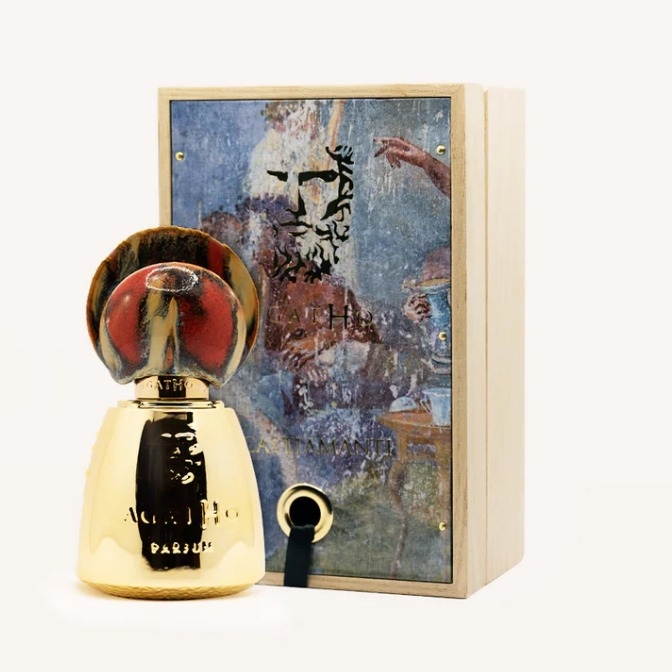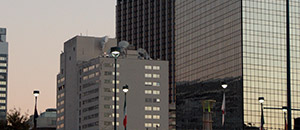

AGATHO PARFUM "CASTIAMANTI" EXTRAIT DE PARFUM 100 ML
AGATHO PARFUM "CASTIAMANTI" EXTRAIT DE PARFUM 100 ML
AGATHO PARFUMS


€ 320,00
Description
Gallery
Video
Comments
Contacts
the insula (the building) is made up of several houses and a bakery. It has been the object of archaeological excavations until recently, but it has not yet been investigated in all its sectors. At the time of the eruption of 79 AD. renovations were underway, perhaps to repair the damage caused by an earthquake that had occurred a few days earlier, as evidenced by the hydraulic system works and the redecoration underway in a large room in the Casa dei Pittori al Lavoro, on whose walls the preparatory drawings were found made before applying the color of the fresco, suddenly interrupted by the catastrophe.
It takes its name from the decoration of a triclinium with paintings depicting three banquets set in as many moments of the year, of which the summer one with the exchange of a languid kiss between two lovers.
In the stable attached to the bakery, the skeletons of the mules used to turn the millstones and load the grain necessary for the production of bread were found.
In fleeting top notes Myrtle, fragile like promises of love, meets the preciousness of saffron, merging into an indomitable desire for eros.
The luxuriant notes of honey are enhanced by the jasmine night breeze that pervades the house of the chaste lovers, among the frescoes, on a bed of rose petals.
The mysterious notes of incense and sweet vanilla blend with the oriental contamination of amber and labdanum which fades into the ancient aroma of agar wood, sealing the essence of Castiamanti, an expression of the rich Pompeii.
Top Notes: Laurel, Saffron, Myrtle
Heart Notes: Jasmine, Rose, Honey
Base Notes: Incense, White Musk, Vanilla, Amber, Labdanum,
Agarwood
It takes its name from the decoration of a triclinium with paintings depicting three banquets set in as many moments of the year, of which the summer one with the exchange of a languid kiss between two lovers.
In the stable attached to the bakery, the skeletons of the mules used to turn the millstones and load the grain necessary for the production of bread were found.
In fleeting top notes Myrtle, fragile like promises of love, meets the preciousness of saffron, merging into an indomitable desire for eros.
The luxuriant notes of honey are enhanced by the jasmine night breeze that pervades the house of the chaste lovers, among the frescoes, on a bed of rose petals.
The mysterious notes of incense and sweet vanilla blend with the oriental contamination of amber and labdanum which fades into the ancient aroma of agar wood, sealing the essence of Castiamanti, an expression of the rich Pompeii.
Top Notes: Laurel, Saffron, Myrtle
Heart Notes: Jasmine, Rose, Honey
Base Notes: Incense, White Musk, Vanilla, Amber, Labdanum,
Agarwood

































































